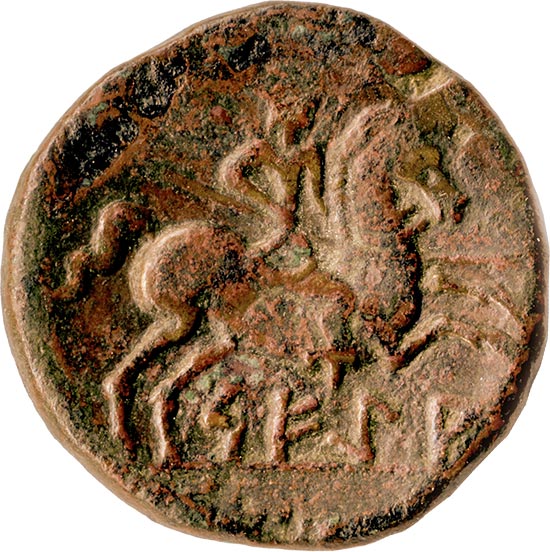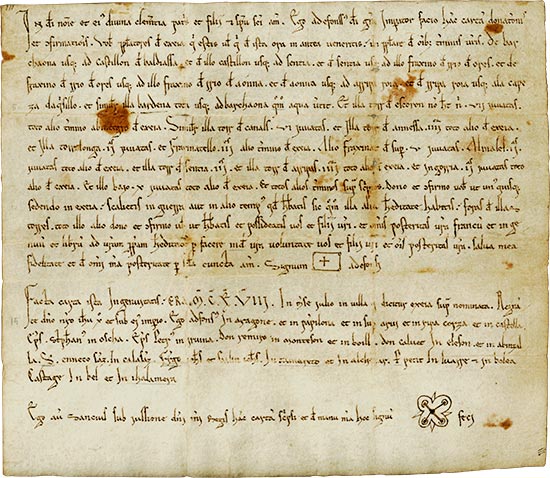
Ejea de los Caballeros
A territory to believe and create, located northwest of the province of Zaragoza, where everything that matters is within reach, in a sustainable environment. And also, here you enjoy beautiful natural landscapes, visit unique spaces and get to know a valuable artistic heritage. Discover a modern, free, living, open and diverse society. A society prepared to receive the challenges of the future. One of the main towns of Aragon.
A place with quality of life
According to a 2011 study by the University of Oviedo on the quality of life in Spanish municipalities, in Ejea de los Caballeros the general well-being of people is very high.
The sample has been carried out in 643 municipalities in Spain with more than 10,000 inhabitants and the dimensions of quality of life of the report are: health, education, personal activities (leisure, transport), housing, political participation, social relations, environmental conditions and personal and economical insecurity.
Ejea de los Caballeros is the 29th municipality of Spain in quality of life and the 1st one in sociocultural activity and equipment.
- Medium socioeconomic conditions.
- Commercial market share.
- Cultural and sports facilities.
- Health centres.
- Educational centres.
- Social centres.
- Medium level of education.
- Non-mandatory studies.
- College graduates.
- Average useful surface.
- Housing conditions.
An exciting history
Sekia, Segia, Egessa, Siya, Exea and, finally, Ejea, Ejea de los Caballeros: these are some of the names that were given to the city throughout history.
Many years ago, before the birth of Jesus Christ, about 10,000 years ago: it is at that historical moment where archaeologists have found in Ejea indications of times as old as the Bronze Age, the Chalcolithic or even the Neolithic.
But it will be later when the presence of humans became stable in the flat lands of Ejea de los Caballeros. Between 800 and 184 BC, its territory witnessed the passage of different peoples and tribes. These were: Vascones, Cerretanos, Iacetanos, Largentes, Sedetanos and Suessetanos. Of all of them, Suessetanos settled down and created what we know today as the municipal district of Ejea.

Likewise, the Low Middle Ages include key moments for Ejea and for its inhabitants, such as support for the Unionists in their dispute with King Peter IV of Aragon and the definitive incorporation into the Crown of Aragon, in addition to the right of nobility granted by Alfonso V.
Ejea de los Caballeros during the 16th to 17th centuries lived a period of socio-economic splendour, artistic growth and political consolidation. It became one of the most important population centres in Aragon. The economic prosperity and population growth led to the development of new urban spaces.
However, the 18th century was a very hard time for Ejea de los Caballeros. It began with one of the hardest blows that history provided to the area, the War of Succession. Out of the two candidates to occupy the throne of Spain left by Charles II, the Bewitched, Ejea opted for the Archduke Charles of Austria. The War of Succession, which resolved this dispute, made the winner Philip of Anjou, the future Philip V, and the Bourbon dynasty occupied the Spanish Crown.
It took the Ejeanos a good part of the eighteenth century in recovering from the dire political, economic and social consequences that the War of Succession produced. But when the situation seemed to stabilize, a new incident broke this path of recovery. It was an endemic epidemic that devastated Ejea from 1771 to 1773, causing 335 deaths, 185 of which were children. The Ejeanos faced adversity once again, with the attitude of resolution and civic spirit. The epidemic gave rise to a tradition that still remains today, established as a local holiday: the festival of El Voto.
It was in the mid-nineteenth century when the economy of Ejea began to change and notice the first signs of transformation through a slow but constant process of land-breaking for cereal plantation, and especially for cutting down communal forests, and the introduction of new techniques and agricultural innovations, and the extension of a progressive process of agricultural mechanization. Slowly but constantly, Ejea was moving along the path of agrarian modernization. From the livestock preponderance it gave more space to agriculture.
In the first third of the twentieth century, important technological innovations were introduced in the field, encouraged by the confiscation of pastures and the activation of the areas in communal mountains, together with the entrepreneurial spirit of the Ejeanos. The use of chemical fertilizers, the application of new techniques, the use of innovative agricultural machines and the launch of the Gallur-Sadaba railway in 1915, as well as a favourable situation in the cereal markets, triggered an expansionary cycle of the local economy.

